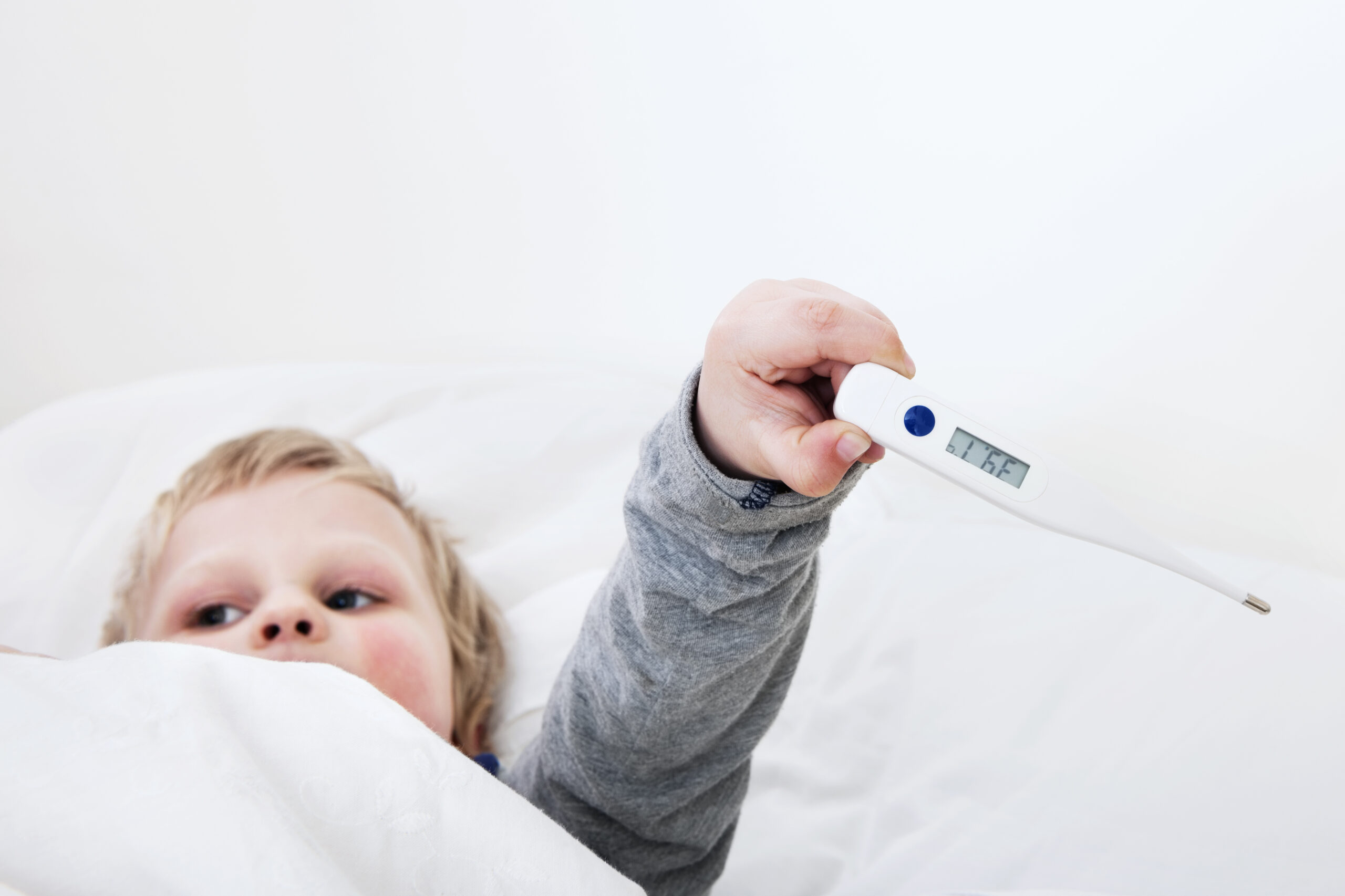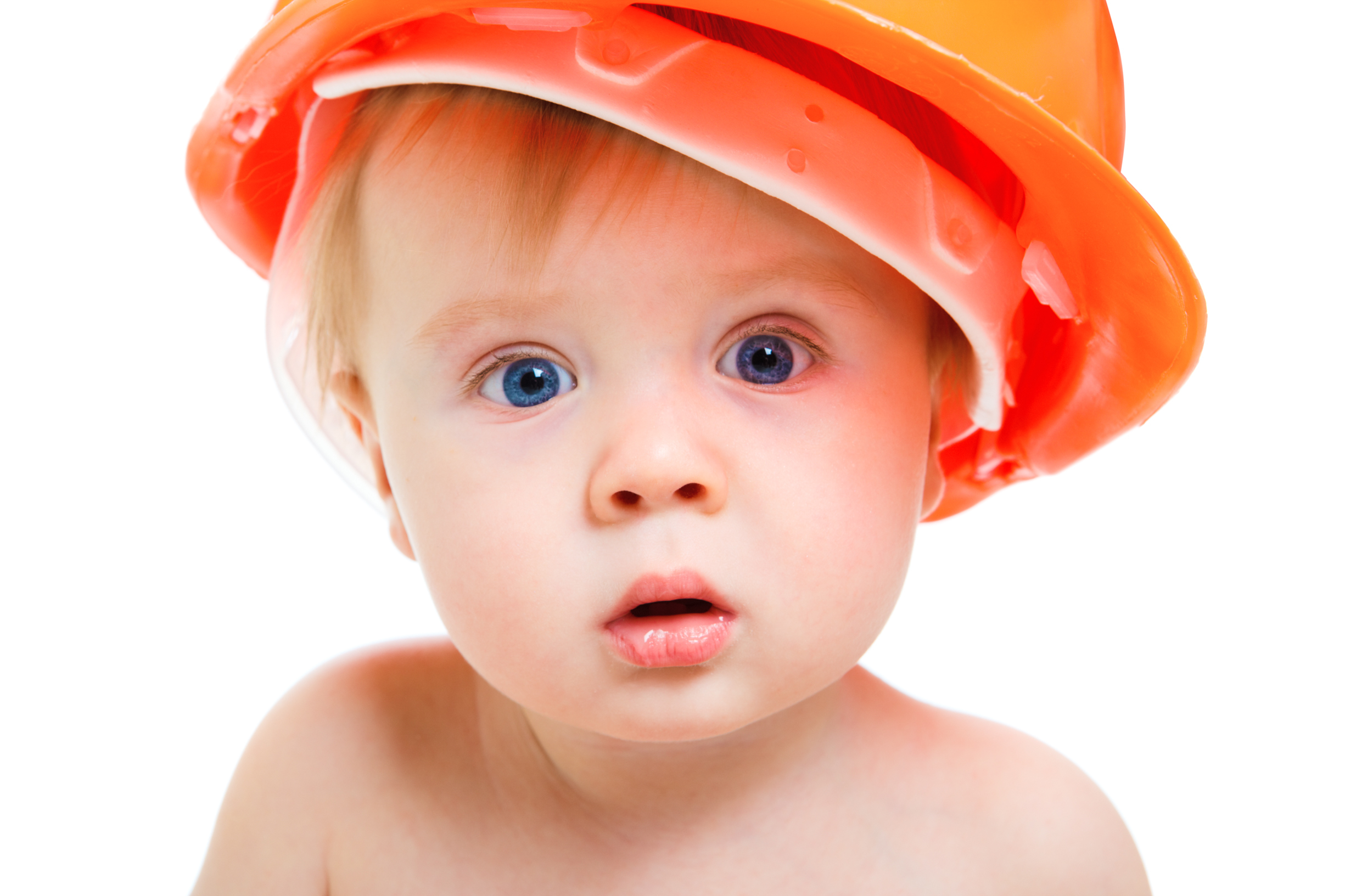Fever is not all bad. In fact, raising your body temperature enhances the body’s infection-fighting defenses. Lizards, fish and even cockroaches and leeches mount a fever to fight infection. But only humans take medicine to get rid of their fever.
If fever blocks the multiplication process of germs and enhances immune system function, what happens when we block fever? Researchers at Kings College London[1] considered this question and wondered whether treating fever will actually make an illness last longer. In their review, published in September 2013, the British researchers reviewed 5 studies that evaluated whether taking anti-fever medicine slowed recovery from an illness. While there were limitations to these studies, taken together they suggest that treating a fever does not prolong an illness. Which only proves to me what I have suspected all along; fever is going to do whatever it wants.
Parents tell me all the time that they have given their child medicine for a fever, and it worked initially. But then they are shocked to discover that “the fever came back!” And that’s when they become concerned. I explain that a fever will come and go over the course of days in order to fight off an infection, and when the infection is gone, the fever will go away, but not until it’s good and ready. So, now I finally have some concrete evidence behind my advice. The truth is that we don’t have much control over fever or the course of an illness. All we can do is try to make children feel as comfortable as possible by giving fever medications and lots of fluids to drink until they get better on their own.
To take it even further, fever literally has a mind of its own. Fever is controlled by the hypothalamus in the brain, which is the thermostat of the body.
Substances called pyrogens cause fever. Some pyrogens are the waste products from viruses or bacteria, and some are made from the body’s own immune system trying to fight a germy invader. Pyrogens float around in the body during an infection. They don’t actually enter the brain, but trigger a chemical messenger that goes to the brain, which changes the temperature “set point” in the hypothalamus. The brain then begins to raise the body temperature because it thinks that the temperature is too low, like when your heater comes on after you turn up the thermostat. A child will shiver to create heat and close off the blood vessels in their hands and feet in order to increase the temperature in the center part of the body. So a shivering, clammy child is going to look quite ill.
During this process, a child will feel cold (and have the “chills”) because their actual temperature is below where the brain thinks it should be. Once the temperature of the body gets to the new set point, say 103 degrees, the child might actually feel more comfortable and stop shivering.
Later, when you give a fever-reducing medication, the medication works by turning the set point in the hypothalamus down. The child’s body temperature will be warmer than where the set point is and they will feel the sensation of being too hot. In order to cool the body back down to the new set point, a child will begin to sweat and their blood vessels will open up to release heat, which will make the child appear flushed.
So that’s why kids look so crappy when they have a fever, and as soon as you get to the doctors office or ER, they look great. Don’t worry they will look sad and icky as soon as you get back home. And remember, a fever is like an unwanted houseguest; it’s not going to go away until its good and ready.
[1] Does the Use of Antipyretics in Children Who Have Acute Infections Prolong Febrile Illness? A Systematic Review and Meta-Analysis. Purssell E, While A. J Pediatr 2013;163:822-7).







A very timely post. My little guy’s temperature has been rising and falling for the past two days and it’s sad to see him in such a state and not be able to do much about it. What do you recommend we do to help him get better sooner? I’m guessing no strenuous or highly energetic activities, not that he’s been wanting to do much of his regular activities lately. But when he feels good enough to go out and play, is it good for him, or is mellow cuddle time best? And at what point should we pay his doctor a visit? It hasn’t seemed too troublesome yet, but I’d hate to hold off and find we should have gone to the doctor sooner rather than later.
The bottom line is there is nothing you can do to make him get better sooner if it’s a virus. You can just keep him as comfortable as possible. And if he actually has the energy to play for an hour or two in the middle of the day, that is a very good sign that it is a virus. Fevers from virus will spike after naps or in the evening or early morning and the child will have a period of time during the day when they don’t have a fever. I like ibuprofen over tylenol, seems to work better and lasts longer. Don’t worry about how high the temperature gets, the pattern of the fever is more telling than the actual number. And don’t give medicine just for the fever, give medicine to make him more comfortable. If he has a fever, but is drinking well and pretty active, he doesn’t need any medicine.
And he doesn’t need to eat any food, but does need to take in extra fluids. It’s better for him to rest, but sometimes you can’t make a child chill out if they fell like being active. A cool bath won’t do any good and might actually increase his metabolic rate and make him hotter. So stay away from that as a cooling measure. That’s only for heat stroke.
When should you go to the doctor? Any time you are worried. Or, if he has a rash and fever at the same time, a fever and pain in one spot (one leg, one ear), if the fever is getting higher as the days go on (it should be a little lower each day). That being said, I don’t really even advocate using a thermometer, it’s better to just look at the child and see how he looks, feeling his forehead and knowing that he has a fever vs no fever is just as good as knowing the number sometimes.
Well, there is the *short* answer to your questions!